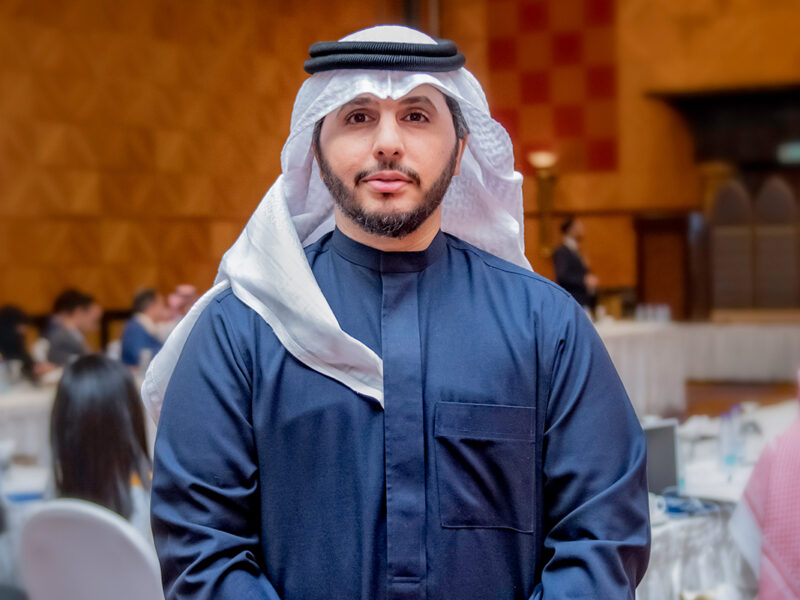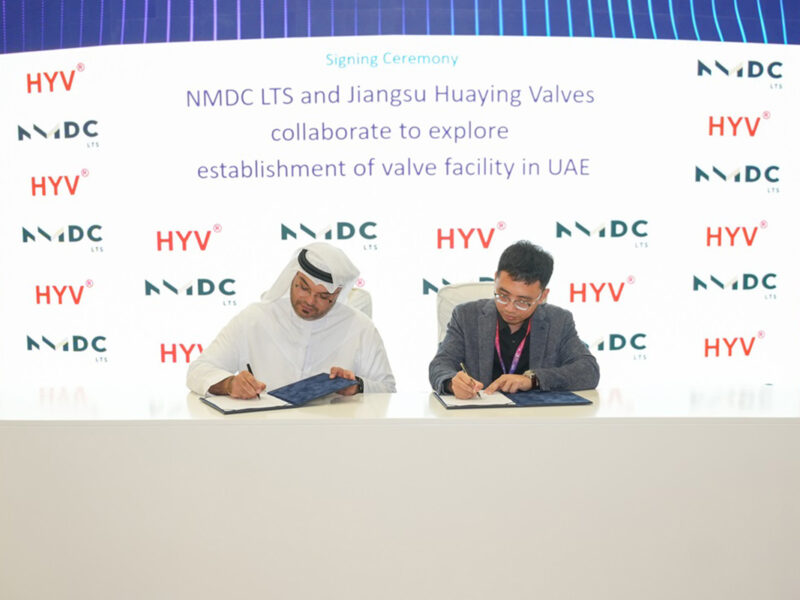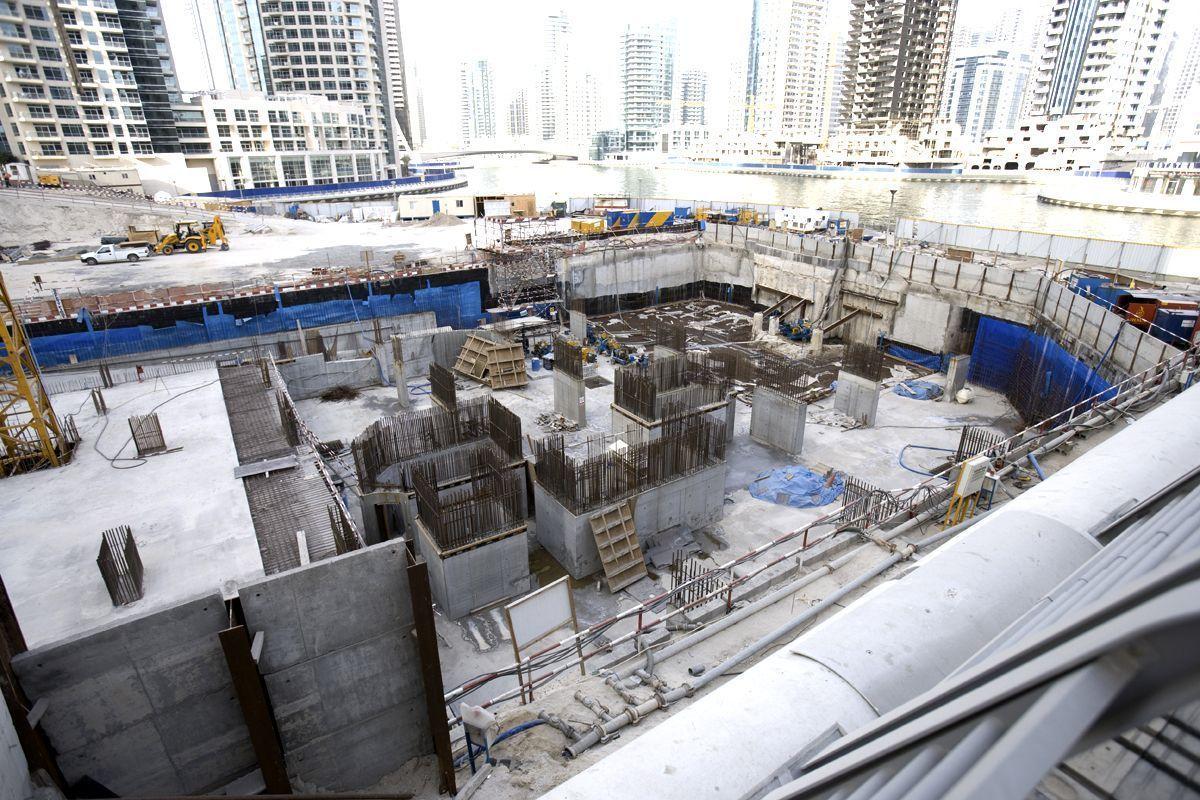A difficult market for piling contractors has caused some to
look at ground treatment services.
Companies specialising in piling and foundations have felt the
financial squeeze in the GCC as acutely as any other sub-contractor. Fewer developments
overall in countries such as the UAE have weighted the ratio of projects to providers
heavily to the latter, and margins are under pressure.
Many of the projects that have been scaled back or cancelled
have been those of groundbreaking design that provide a challenge to structural
providers. The conventional buildings, such as towers, are more likely to reach
the construction stage; and central Doha
and Dubai Marina are two such areas that have seen ongoing work.
Towers in built-up areas provide a straightforward but low-margin
employment for piling providers. Shad Asif Khan, general manager at Keller Grundbau
in Dubai, said in
April that 65-70% of the cost is in materials, with very little left for drilling.
“In that respect, when there is a project with no alternative to piling there is
very little room [for innovation],” he said.
But Karl Heinz Pacik, business development manager of Abu Dhabi-based
Prime Piling & Foundation, reminds CW that although there seems to be a lot
of construction activity in places such as the UAE capital, it is more the case
of “finishing projects launched a few years ago, rather than the start of new jobs
that would require piling contractors”. He says he has recently been on a business
trip to Saudi Arabia
as the company hopes to diversify out of its home market.
Providers and value engineers say that piling and foundation
work is an undervalued part of the construction process, and takes up less developer
and contractor attention than it should.
In fact, one particular area of groundwork – the assessment and
treatment of the soil – is said to be underrated even before the drilling machines
warm up.
“Soil mechanics is more art than science, as the nature of soil
is like an art,” says Fadi Elayache, general manager at Master Mason CPM, the project
management firm. “We believe that each soil has its own properties, and understanding
this characteristic should be done at the right time.”
Soil investigation is most important for value engineering, as
sometimes the piles go deeper than what you really need, Elayache explains. He adds
that government projects are often assessed from the outset in a very conservative
manner.
“One issue in this region is that authorities will specify the
use of tension anchors that are kept in during a building’s lifetime – usually they
are only supposed to be there temporarily, but a lot of social projects will be
overly safe when it comes to the foundation work. This is generally due to the liability.”
It is therefore difficult to produce a business case for the
authorities that stipulates ways in which the amount of piling can be reduced and
therefore cut materials costs, he adds. Nevertheless, there are a number of ways
to do so, including the use of micro piles.
Elayache adds that foundations are also designed with a greater
attention to the water board – where foundations hit standing water – than is needed.
“Most of the time, money is spent on tension plants, which are
installed to keep the foundation in place in case the water rises. So money is spent
to safeguard against the fluctuation of the water table that doesn’t necessarily
fluctuate.”
Some piling providers have spotted an opportunity to provide
services in the areas of ground assessment and preparation, including Keller Grundbau.
Khan says that the company works to improve the stability of the soil underfoot
for projects on Yas
Island through two methods:
vibro compaction and vibro replacement.
For vibro replacement the company puts long cylindrical tubes
deep into the ground, which can be suspended by a crane. The tubes vibrate and can
penetrate the earth to whatever depth is required. Water is then released from the
tube.
Once the water is released there is a cylindrical hole left over,
which is then filled with stones and other hard, coarse materials. The overall effect
is like a kind of preliminary piling, and the columns of stones help the overall
firmness of
the plot.
“Vibro replacement is like piles but instead is comprised of
stones and sand, of around 70cm to 1.1m, in diameter. The design is controlled by
the load area of the eventual building,” explains Khan.
Vibro compaction entails drilling, with the effect that the friction
of each grain of sand or soil is gradually broken down through being rubbed together.
The sand or soil can then lock together more tightly, increasing density.
“On these you need to control plains and they need to be redesigned
as the ground is not ready to hold any load,” he says. “It’s about improving the
heavy capacity. Some will just resort to piling, though some consultants want to
improve the density of the ground; this, for example, is what happened on the Palm
Deira.”
The density of the soil can then be tested using the ‘Dutch cone
method’ – essentially pushing a steel cone into the ground and measuring the resistance.
Keith Ryan, operations manager at VSL Intrafor, says his company
has also had to diversify its business into areas such as vibro compaction and stone
columns.
“Stone columns is a very quick method, for example, when building
for roads. The Khalifa Port Industrial Zone uses such dynamic compaction methods – and the
reason they have gone with this method is that it means less concrete is used overall,
which environmentally is a big plus. Although you will need to go with piling for
towers, with big industrial areas you can use alternative methods.”
Khan says the importance of making thorough soil assessment and
treatment has recently come to light in Abu
Dhabi, where he says the company has discovered many cavities
in the ground that could be problematic for the eventual building constructed upon
them.
From a business perspective, this means that Keller Grundbau
can offer the dual services of ground treatment work – which can include grouting
for any cavity – as well as its specialism in piling work, to as many clients as
possible.
“We are currently spreading out, though what is there to replace
[the boom in] Dubai?”
he asks. “The margins across the GCC are very similar and the competition is tough,
there are about 70-80 odd companies. Then, for the big jobs, clients will invite
perhaps 3-5 of the biggest piling contractors.
Khan also says the company has worked with other piling firms:
further proof perhaps, of the paucity of work.
“If a client comes to us early we may look for the opportunity
to provide ground work testing – that is where the advantage of technology comes
in. Even if we are unsuccessful with the piling contract we can offer that.” VSL
Intrafor also says it has worked in collaborations.
Increasing the awareness of preliminary ground research and treatment
can add up towards a major cost saving for a project, even if the initial outlay
is notable.
“This area needs to be a collaborative effort, with everyone thinking: ‘let’s do the our
calculations right’. In the past it has been
a little bit hectic, but with computers now it should be easier. Basically foundations
are driven by design.”









